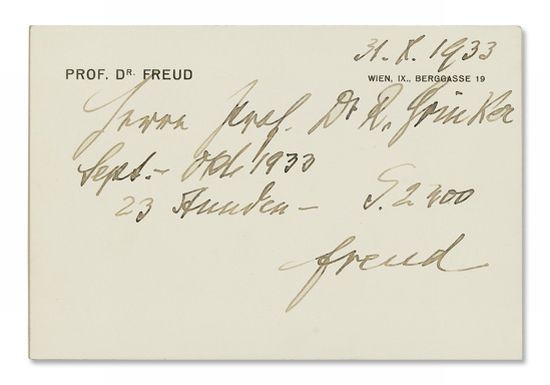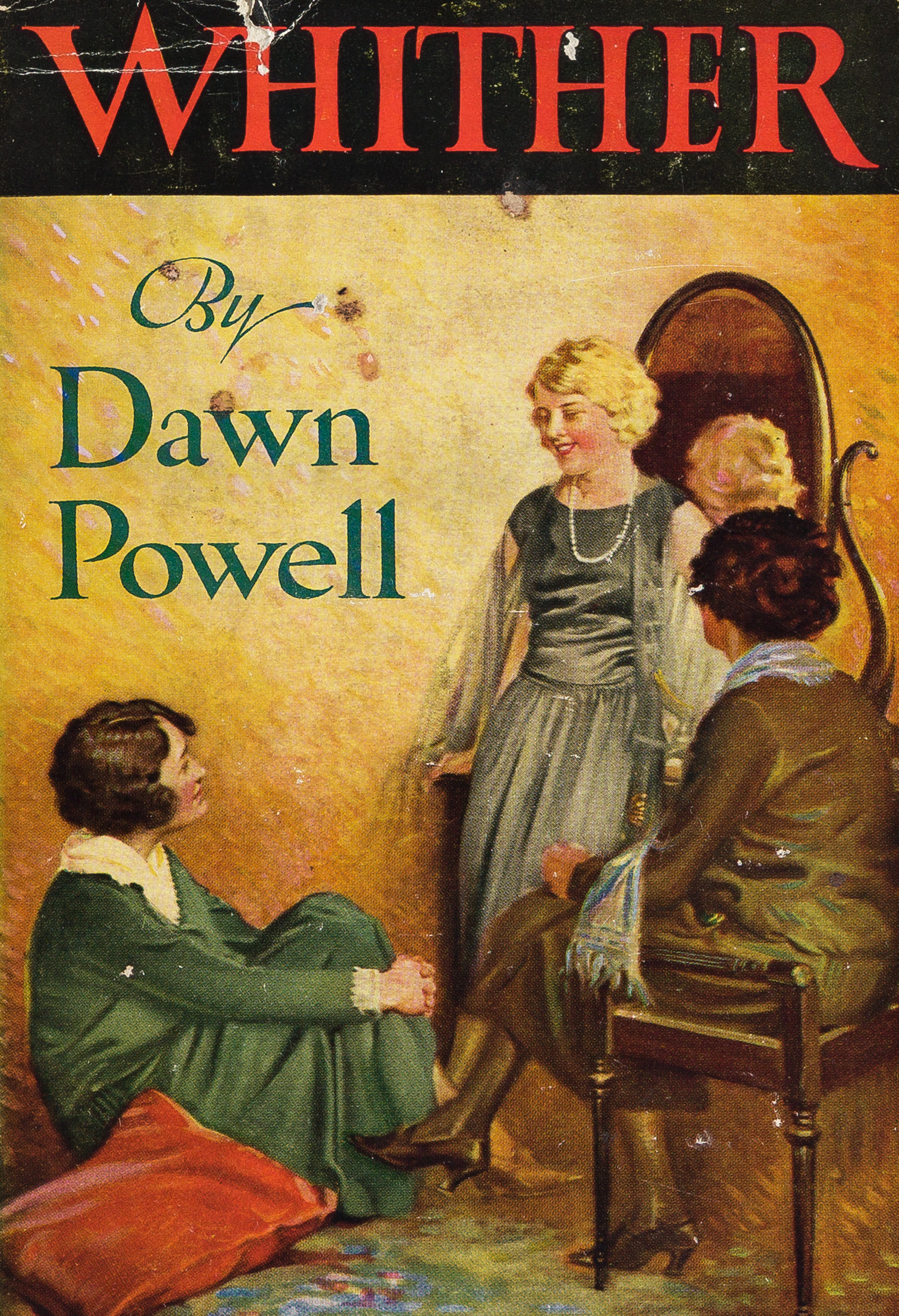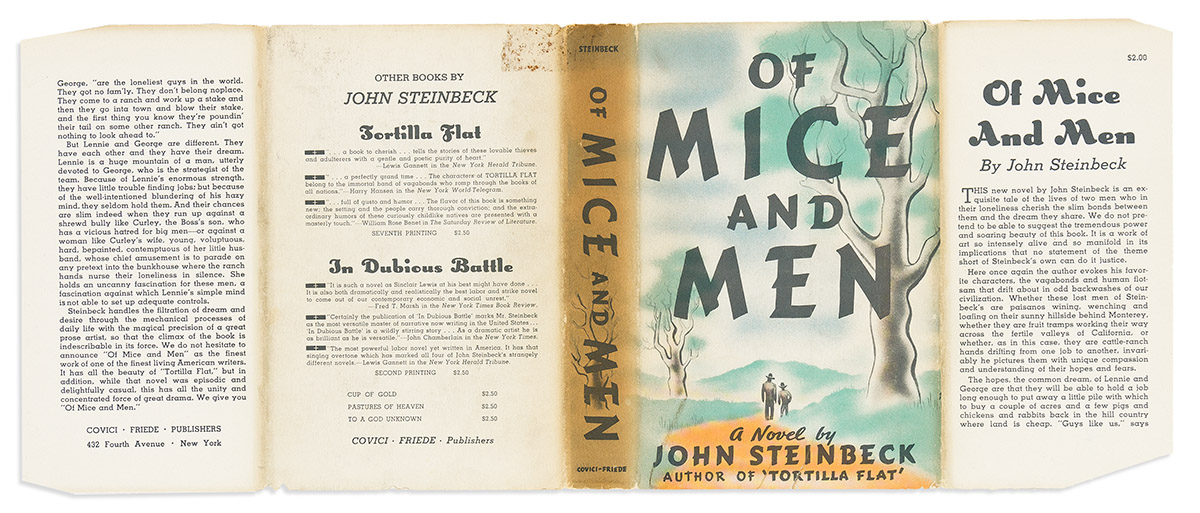Specialists in the Field: James Baldwin’s Century

Swann autographs specialist Marco Tomaschett visited the Schomburg Center to view their display celebrating James Baldwin’s centenary year. The exhibition is open through next year.
Celebrating 100 Years of James Baldwin at the Schomburg Center for Research in Black Culture
Nobody Knows My Name is the title given to a collection of essays written by a man whose unapologetically incisive critique of White America caused his name to be spoken frequently among his contemporaries through to the present day: James Baldwin. In that collection of essays, written in the years after his eye-opening autobiographical first novel, Go Tell It on the Mountain (1953), Baldwin reflects on his confrontation with himself. His years in Europe, comparatively free of the constant burdens attending his experience of racism in the U.S., had ended in the realization that he could not continue to escape from the truth of his origins and from the deepest parts of himself. Returning to Harlem in New York City, Baldwin wrote about the memories of his childhood, which took place not far in space—but a century in time—from the Schomburg Center for Research in Black Culture, where his personal papers are preserved and made available so that others can study the evidence of Baldwin’s astonishing life.

JIMMY! God’s Black Revolutionary Mouth is an exhibition of some of Baldwin’s manuscripts currently on view through February 2025 at the Schomburg, celebrating the 100th anniversary of his birth and the literary achievements of his life. In a two-page letter on display at the exhibition, written in 1975 to poet Maya Angelou and signed “Jimmy,” Baldwin mentions what he did to cope with the sad feeling he gets after a book of his is submitted to the publisher (he had just completed The Devil Finds Work [1976]): “[I]n that weak, abominable, post-natal depression (which I have never been able to avoid) I read one or two murder mysteries . . . and picked up your friend’s book.” The book, which Angelou had given Baldwin as a gift, was Anthony Heilbut’s history of gospel music, The Gospel Sound (1971), which Baldwin explains in the letter, had helped inspire his new novel about a gospel singer, Just Above My Head (1979).
Also in the exhibition is a remarkable fragment of Baldwin’s notes from “Elizabeth’s Prayer” in Go Tell It on the Mountain, entirely in his hand, evidently used during the drafting of his novel, including several observations about Florence’s motivations and a reminder that the “Encounter with the police needs to be more obliquely handled.” Baldwin is at his most characteristic when he charges into controversial topics head-on, such as when he reflects on the American ideal of masculinity in his article, “Freaks and the American Ideal of Manhood,” published in the January 1985 issue of Playboy magazine. One can view the first page of a typescript draft of that article, with Baldwin’s handwritten additions, some of which do not appear in the magazine or in the version later published as “Here Be Dragons” in The Price of the Ticket (1985).

In addition to the manuscripts, there are video clips, audio recordings, and images on digital displays featuring the many people (including Maya Angelou, Joan Baez, Meshell Ndegeocello and Bob Dylan) who were touched by Baldwin or his writings, as well as artworks inspired by him: hanging on a wall is a quilt by Michael A. Cummings entitled James Baldwin: Born Into a Lie #1 (2019).

Rounding out the exhibition are items that reveal some of Baldwin’s personal life, including a photograph of him surrounded by his family, and a copy of his high school yearbook showing his young face among the rows of white faces, listing his nickname as “Baldy” and his motto “Fame is the spur and—ouch!” What is perhaps the most interesting of the personal artifacts on display is Baldwin’s daily planner from March 1964, opened to a page showing his pencil sketch of a fish and a human head, tucked in the margin beside a reminder about the rehearsal for Blues for Mister Charlie—Baldwin’s play that premiered at the ANTA Theater in New York on April 23 that year. If one looks closely at the tail of the fish, one can just make out Baldwin’s note: “Interview re ‘Esquire.’” This is surely about what would become Baldwin’s profile, written by Marvin Elkoff, which appeared in the August 1 issue of Esquire magazine: “Everybody Knows His Name.”
















![Grace Meschery-McCormack shares about two copies of Fernando de Rojas’s ‘La Célestine,’ including a limited edition copy illustrated by Pablo Picasso.
At auction April 22. Learn more about the works at the link in our bio.
#Rarebooks #rarebookdealer #antiquarianbooks #auctions
_______________________________________
Music Credit:
Schubert - Piano Quintet in A major ‘The Trout’, D. 667 - IV. Andantino – Allegretto
Music provided by Classical Music Copyright Free on Youtube [https://tinyurl.com/visit-cmcf]
Watch: • Schubert - Piano Quintet in A major ‘...]](https://scontent-iad3-1.cdninstagram.com/v/t51.75761-15/491443494_18499096345036585_5935932878956098058_n.jpg?stp=dst-jpg_e35_tt6&_nc_cat=107&ccb=7-5&_nc_sid=18de74&_nc_ohc=QlZg0o3Vx4oQ7kNvwHlPDYS&_nc_oc=Admkx5CH3-5gNl9kFtE07uGBWzC1TrU8LutoXTk30m77fiWC0m2_oIjIUSQBbJE8mA8&_nc_zt=23&_nc_ht=scontent-iad3-1.cdninstagram.com&edm=AM6HXa8EAAAA&_nc_gid=LKk1gtEmoFkqdxHMdO-bqg&oh=00_AfK7zXwFsWEqv8D6xhU0wob_5asRzpiOa4hEb4NHZ6Sw9w&oe=682572D1)

